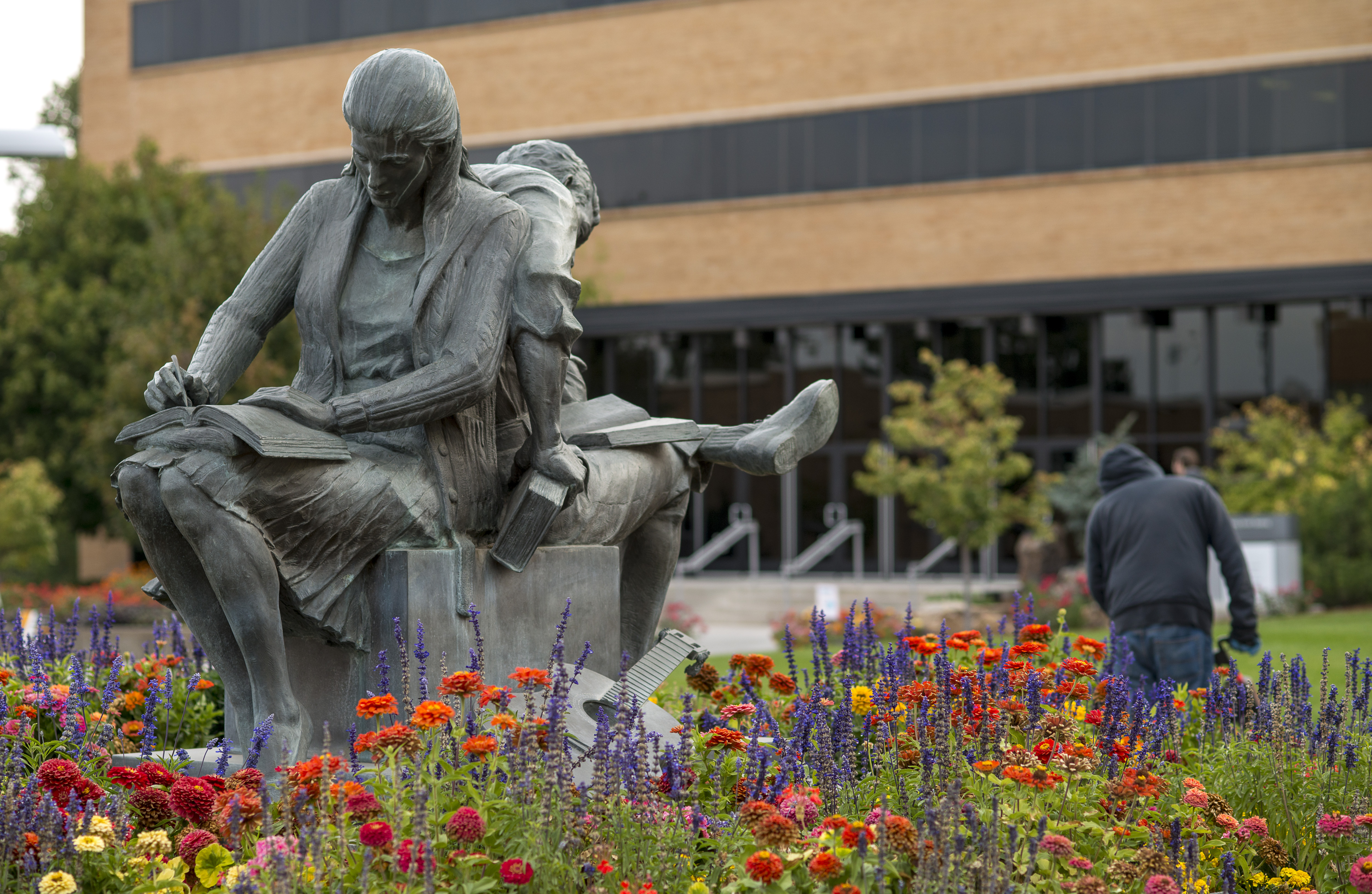
Brigham Young University-Idaho is one of 27 colleges in the nation where federal aid is high enough to cover tuition and fees, according to a recent study.
According to Student Loan Hero, 1.55 percent of U.S. colleges have tuition and fees low enough to fall within federal student loan borrowing limitations. Undergraduate students can only borrow between $5,500 and $12,000 in federal loans, while the average cost of college falls between $9,970 to $35,260, depending on the status of the institution.
BYU-Idaho ranked third on Student Loan Hero’s list, thanks to its 2015–2016 non-LDS tuition cost of $3,830. The first two colleges with the lowest tuition and fees in the nation were Berea College in Berea, Kentucky, and College of the Ozarks in Point Lookout, Missouri. Both institutions require students to pay only housing and other fees in exchange for on-campus work.
“BYU-Idaho operates on the imperative to offer a high-quality education at a low cost to as many students as possible,” BYU-Idaho’s media relations manager Brett Crandall said, not commenting specifically about the study. “That translates into big savings for our students.”
The Southern California Institute of Architecture ($48,730) ranked as the most expensive private, nonprofit college in the nation, followed by Hussian College ($47,578) in California, according to Student Loan Hero.

BYU-Idaho’s 2018–2019 tuition costs $2,009 per semester for LDS students or $4,018 per semester for non-LDS students.
BYU’s tuition for the 2018–2019 academic year is $2,810 per semester for LDS undergraduate students and $5,620 for non-LDS students. LDS graduate students can expect to spend $3,540 per semester, while their non-LDS peers will be charged $7,080.
Students struggling to pay for college can turn to several sources other than federal loans for funding. FAFSA awards can include Pell Grants, which are awarded to students from low-income households. Forbes recommends seeking out local scholarships, which can be awarded by civic or religious institutions.
Other options include claiming up to $2,500 in tax credits for tuition or work-study programs. Colleges and universities typically have financial aid offices that can help students find money for school.
[vc_raw_js]JTNDc2NyaXB0JTIwaWQlM0QlMjJpbmZvZ3JhbV8wX2FjODgwODdlLWY0Y2ItNDUzMi1iZWJjLTE0ZTZkNDY5ODNmNCUyMiUyMHRpdGxlJTNEJTIyQ29sbGVnZSUyMGNvc3RzJTIwZXhjZWVkaW5nJTIwbGltaXRzJTIyJTIwc3JjJTNEJTIyaHR0cHMlM0ElMkYlMkZlLmluZm9ncmFtLmNvbSUyRmpzJTJGZGlzdCUyRmVtYmVkLmpzJTNGbGpiJTIyJTIwdHlwZSUzRCUyMnRleHQlMkZqYXZhc2NyaXB0JTIyJTNFJTNDJTJGc2NyaXB0JTNF[/vc_raw_js]




